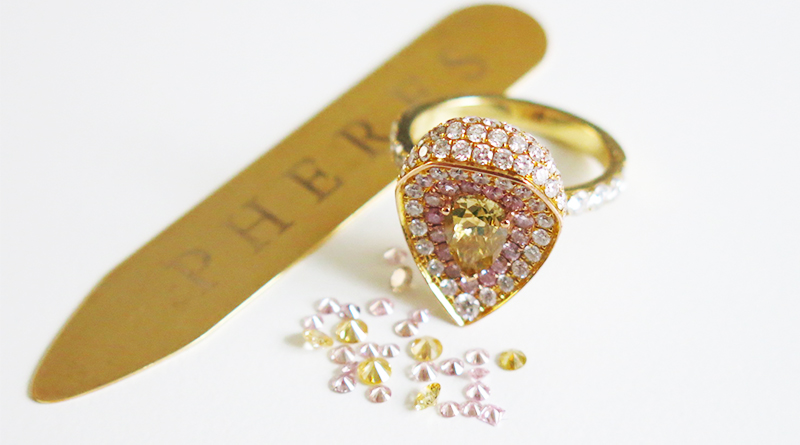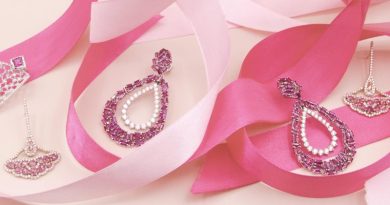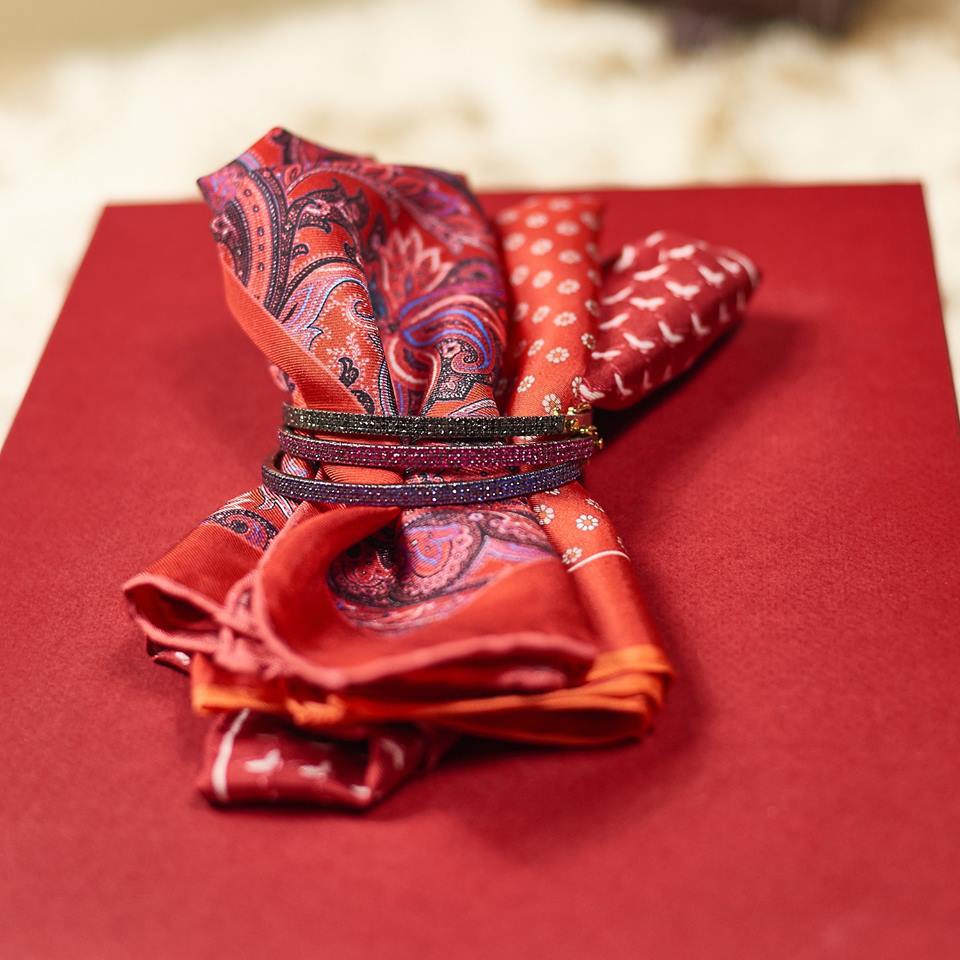The Rise of Sustainability In The Jewelry Industry
The Rise of Sustainability In The Jewelry Industry
We have become increasingly conscious about the raising issues of sustainability across different industries. Over the recent years a substantial amount of attention has been given to the fashion industry. However, it is only a matter of time that we shed light on how the jewelry industry is also impacting our environment equivalently.
All of us to a greater extent are well-aware about fast fashion and the impact it serves to our biodiversity. Fashion is widely considered the second most polluting industry after oil. While it is easy to blame fashion as the main contributor to the iniquity, it is important to speak about jewelry. Our favorite pair of solitaire earrings and ring may seem innocuous to any environmental issues but there’s a bigger picture to be mindful of.
So, what is sustainability in jewelry?
Being consciously aware of your purchases and having the desire to know where and how a piece of jewelry is made and the impact it serves to the environment. The production of jewelry pieces should be done with proper and fair ethical standards in place.
From a recent article on Vogue, did you know gold mining has resulted ‘in the displacement of indigenous communities and pollution of waterways due to the spillage of chemicals like cyanide and mercury, which are used to septette gold from ore.’
As a consumer looking to purchase or invest in a jewelry item should ensure jewelry sustainability by keeping the following points in mind:
– Asking the retailer or jeweler about their ethical/sustainability policy
– Seeing if the Kimberly Process (KP) protocol are in measure
– Inquiring about their recycling and repurposing practices
– Being aware of where the stones and metals originate from
While the jewelry industry is constantly designing and churning out new pieces from production, it is important to remember that antique jewelry will never go out of style. Antique jewelry is treasure from the past and has a distinctive aura that makes them so special. The historical value and the elegant appeal makes vintage jewelry always in vogue.
As jewelry retailers embody sustainability approaches into their businesses, the diamond market is seen to be gradually warming up to the idea of laboratory-grown diamonds. The prominent difference between a real and laboratory-made diamond is that real diamonds are natural and lab-made diamonds are synthetic. An artificial process is used to create the stone as opposed to natural.
How do you feel about this? Would you be open to purchasing a lab-created or man made diamond? Leave your thoughts in the comment section down below.
At PHERES we are constantly putting in the effort to have ethical and sustainability standards are in order. We ensure to work with non-conflict stones and are prudent about the materials we source. We follow the KP protocol as well as recycle gold and diamonds to create pieces. This is important to us as resources like gold and silver are depleting, hence why persistently mining metals means sapping finite resources of our planet.
The change we seek of a more environmentally friendly industry is not possible overnight, but with constant effort the change is invincible. At PHERES we understand and recognize that our practices do have an impact on the planet and we are determined and committed to working towards sustainability.





